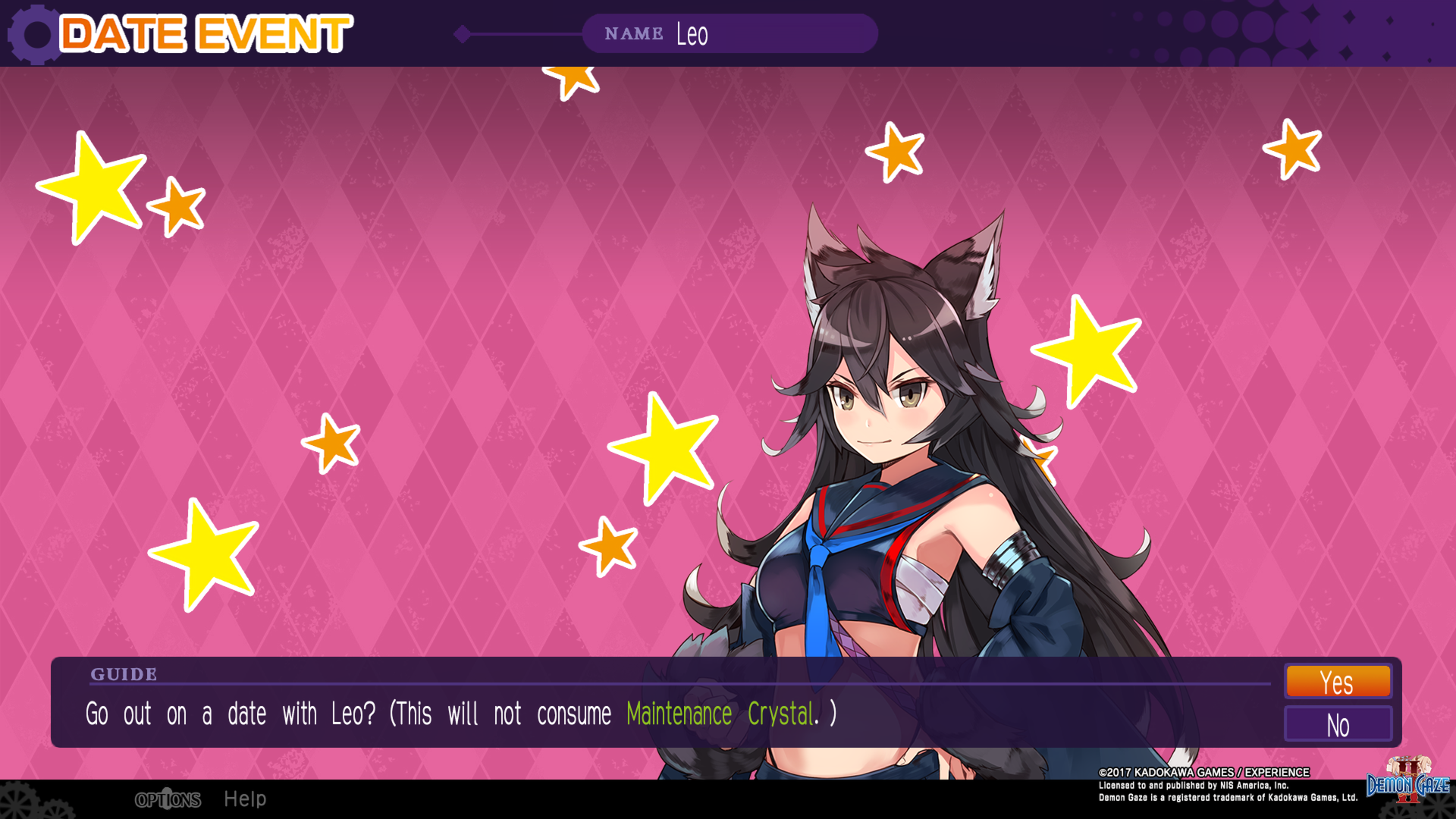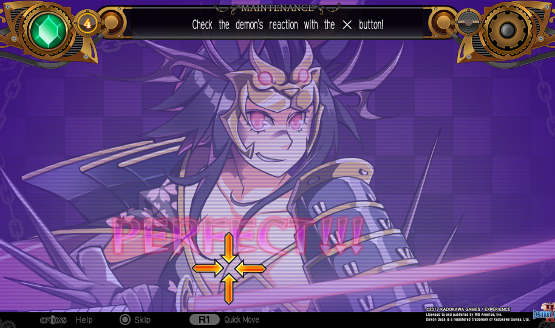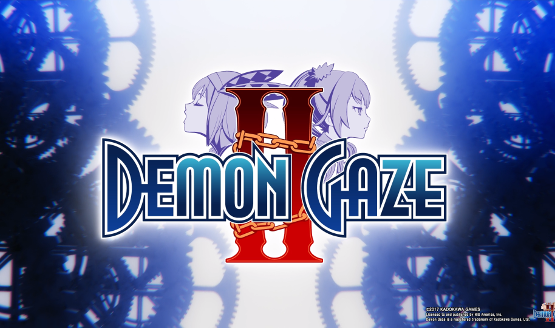
Turn-based role playing games aren’t too common in Western markets. Demon Gaze was one such game ported over from Japan in 2014, and its sequel has now made the jump as well, to the PlayStation 4. Does Demon Gaze II continue with the first game’s mildly successful formula, or are things demonstrably different this time around? Time to find out in our review.
Predictable Revolution
The story on offer here is one of revolution. The player takes on the role of an amnesiac, who is rescued from certain death at the last second. They discover themselves to be a Demon Gazer, someone who can inexplicably capture weakened demons inside their eye, apparently by staring at them. Naturally, the player character had a life before when we join them, which is slowly revealed through a series of flashbacks as the player’s memory slowly returns. An overbearing megacorporation, Magnastar, rules most of the land of Asteria, but a rebel force known as the Revolutionist Party runs a pirate radio station out of a mansion in an attempt to win the people’s hearts and minds. A quirky cast of characters includes Muse, the enigmatic and perhaps devious Revolutionist leader, her sister and good-natured singer Prim, a butler Toma, and others empathetic to the cause. Cutscenes are fairly lengthy, and most are fully voiced. The story is predictable and uninspiring, though lighthearted and occasionally funny as well, good for a chuckle or two.
The player’s party consists of the main character (whom you can name whatever you want), plus up to four other demons captured using the aforementioned Demon Gaze “power” used only during cutscenes. Weapons, defensive items, and artifacts can be equipped to any party member, with artifacts granting special abilities such as being able to see the health bar of enemies, or attack more quickly. Each character also has access to a room back at the Revolutionist Party’s mansion, which can be decked out with a piece of furniture. Though, even assigning a piece of furniture to a room is only implied—they do not change the graphic that represents each room at all.
https://youtu.be/wsu4JCxkaiQ
Captured demons have special demon skills, which are leveled up in an odd way. By using special crystals, each demon can be maintained. Spending one crystal enables a tuning game mode, which involves moving a crosshair over a portrait of the demon in some sort of action pose. With only a handful of tries, the player is tasked to find the ideal spot to “maintain” the demon. By holding down the X button, a tuning attempt is made, with a result of “Good” or “Perfect” depending on how close to the ideal spot on the demon the player’s guess was. This is a bit of fan service, because the ideal spot usually ends up being the demon’s mouth, chest, or other exact body part, while the demon makes noises of approval. A successful maintenance session upgrades the demon’s abilities, and also allows the player to go on a date with the demon. These dates contain scenarios which reflect the personality of each demon, and have simple branching dialog to affect their responses. It’s a strange portion to an otherwise average game.
Use Your Imagination
There is a noticeable pattern in Demon Gaze II, especially present in the maintenance mode. Things are merely implied. Players need an active imagination to fill in the blanks not only for the action taking place in a battle, but also for story cutscenes. Even in dungeons, non-random battles are represented by floating, rotating, blocky gears with a skull icon, while loot is represented by a floating, rotating, blocky token with a 3D bottle icon stamped onto it. It feels kind of like lazy design, not fully animating characters and using what are effectively cutouts, but then this kind of implied action is common in this genre.
Combat is straightforward in Demon Gaze II. It’s turn-based, where each member of the party attacks, defends, or uses a skill or item on either themselves or another character, whether friendly or enemy. Your party of up to five can include a mixture of front line and rear line members, with the front line characters taking the brunt of the enemies’ assault, and the rear line members defending or attacking from afar. A Star Power bar fills up with successive attacks, and can be used to “demonize” the party’s demons. This transforms them all into their demon forms, which are stronger than their normal, human-looking forms. However, attacks in this form all drain from this shared Star Power meter, and all demons power down when either the energy is depleted or the battle ends. Again, all of this action is implied, since other than a quick red circle zooming in on the screen and the avatars of demons changing slightly, there is no indication that anything has changed.
Gems in the first game were used to enter special Demon Gate battles, in order to unlock access to an area’s boss. This is still the case in Demon Gaze II, however Demon Gates are now called Demon Circles, represented by gems encircled by smaller gems. You can place up to three gems of different classes, such as helm gems, katana gems, and so on. If you defeat the enemies in the circle, then they will drop items in the category of gems that you placed, of varying rarity and strength depending on the gems used. This mechanic isn’t explained too well in-game, but it isn’t too hard to figure out. Rarer gems result in rarer and better loot.
Underwhelming Presentation
The art style in Demon Gaze II’s cutscenes is par for the course—think anime-style characters who simply emote, while animation is implied. While a similar art style is used once in battle, animation largely consists of portraits of enemies kind of floating about, and extremely basic swiping animations for attacks. But easily the least impressive element to look at are the game’s dungeons. Environments are blocky and repetitive, essentially composed of generic tiles of stone, water, or other materials which fit the general theme of the area, such as a “park” or temple.
If you enjoy turn-based RPGs with quirky characters and a generally lighthearted story, then you’ll likely enjoy Demon Gaze II. There’s a very strange fan-service mode in the maintenance performed on the demons, but other than that this is a safe bet for fans of the genre. Planning when to demonize your demons can make all the difference between domination and utter defeat, and the challenge level shouldn’t put anyone off at the normal level. An active imagination is required to enjoy the little actual action displayed on-screen, and the dungeon graphics are terribly simplistic. But there is a lot of story and plenty of battling to keep most RPG players busy for dozens of hours before the Revolutionist Party seizes victory.
Demon Gaze II review copy provided by publisher. Version 1.01 reviewed on a PS4 Pro. For more information on review scores, please read our Review Policy.
-
Lengthy, occasionally entertaining story
-
Plenty of loot to discover
-
Easy to get into
-
Story is uninspired
-
Presentation is very lacking
-
Nothing real innovative with combat
Demon Gaze 2 Review (PS4)
-
Demon Gaze Ii Review 01
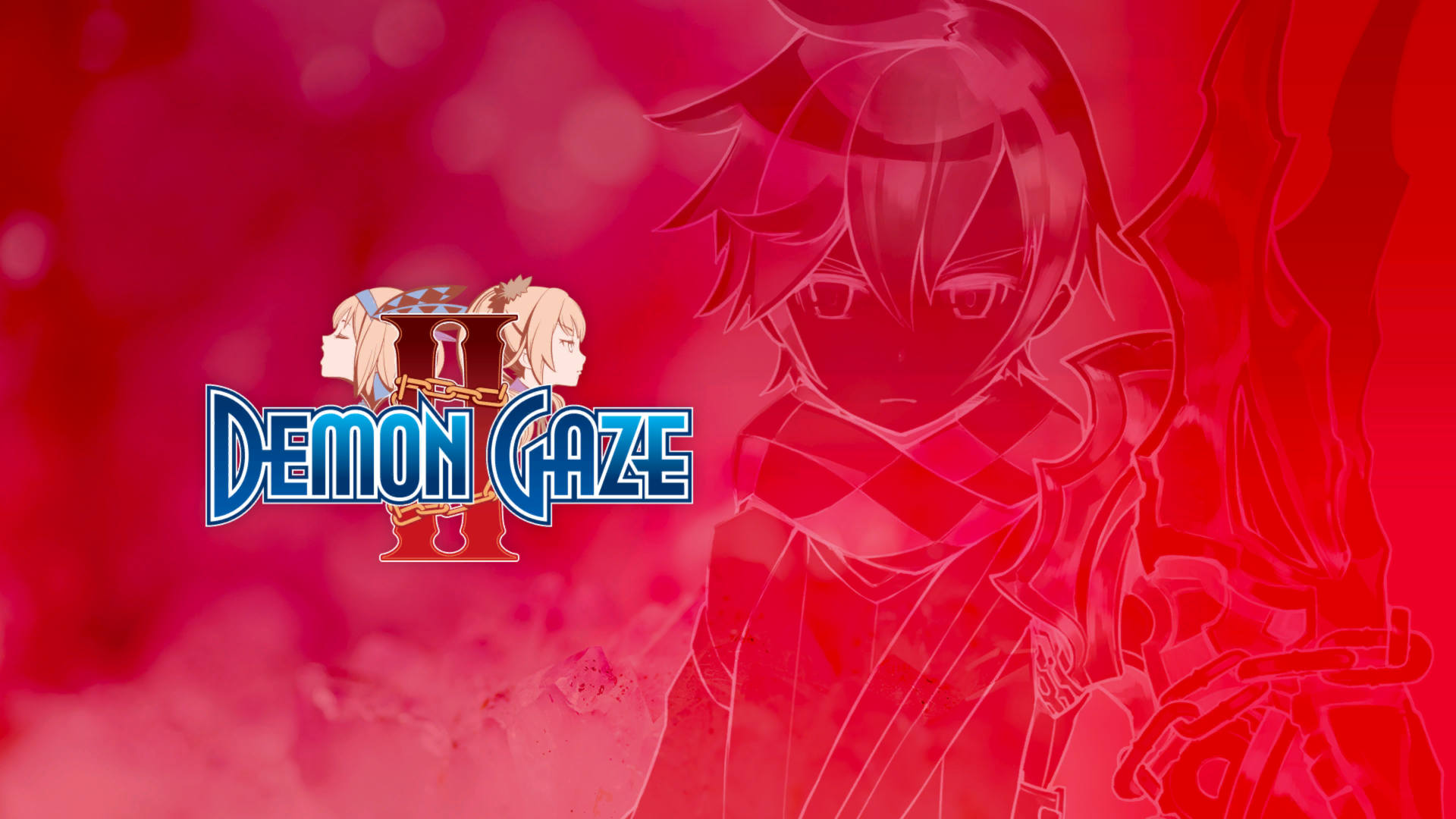
-
Demon Gaze Ii Review 02
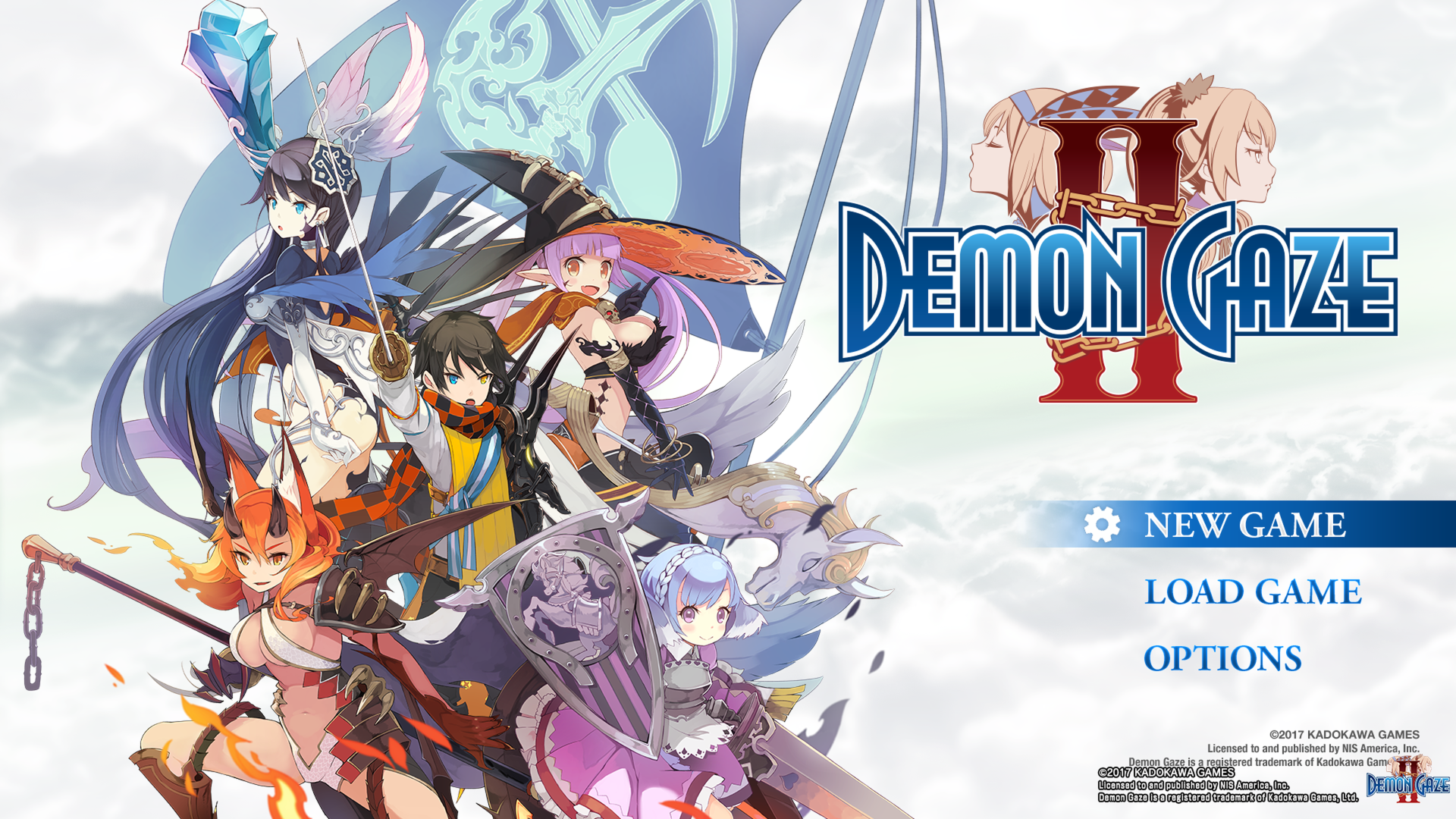
-
Demon Gaze Ii Review 03

-
Demon Gaze Ii Review 04
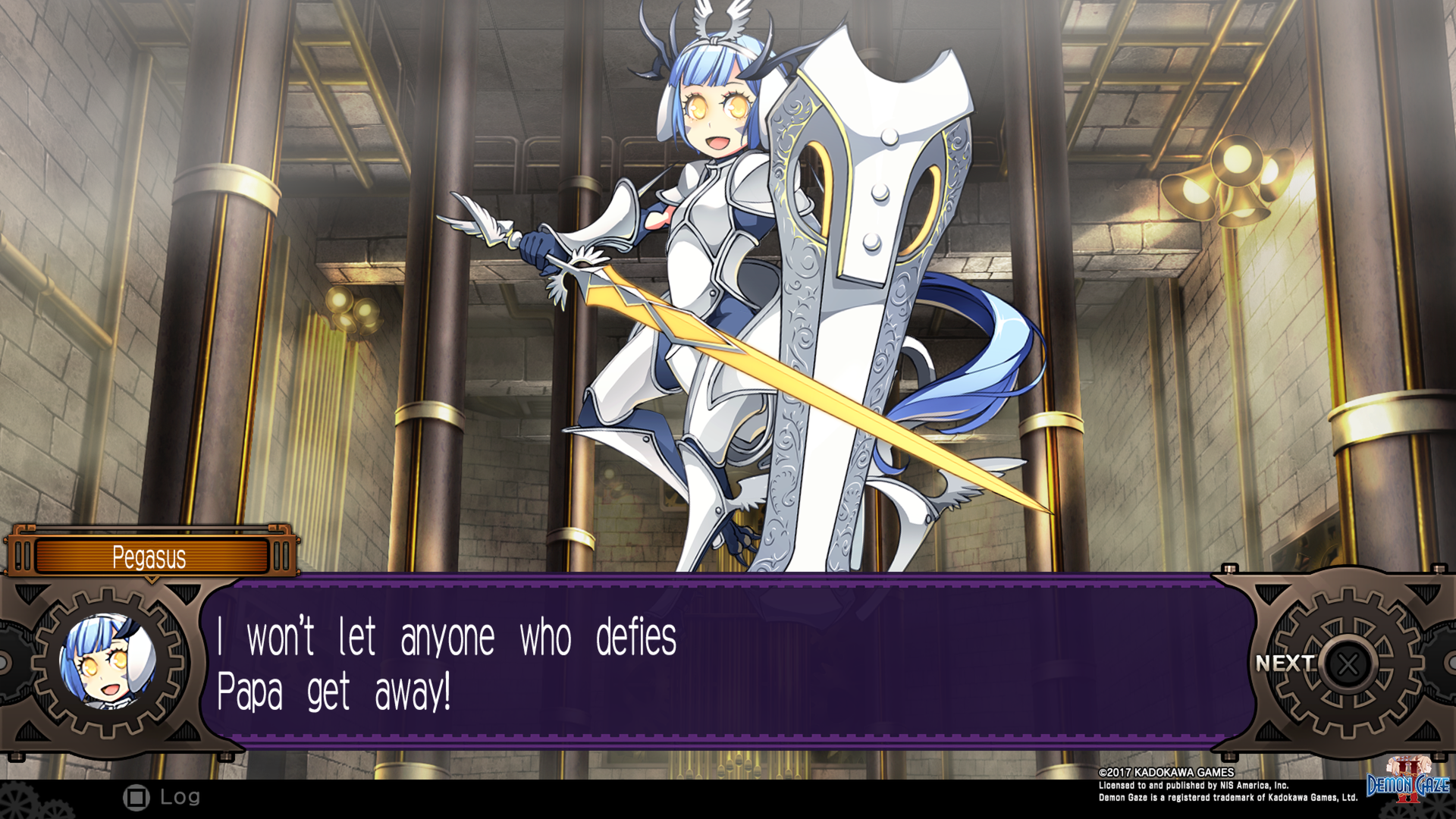
-
Demon Gaze Ii Review 05

-
Demon Gaze Ii Review 07
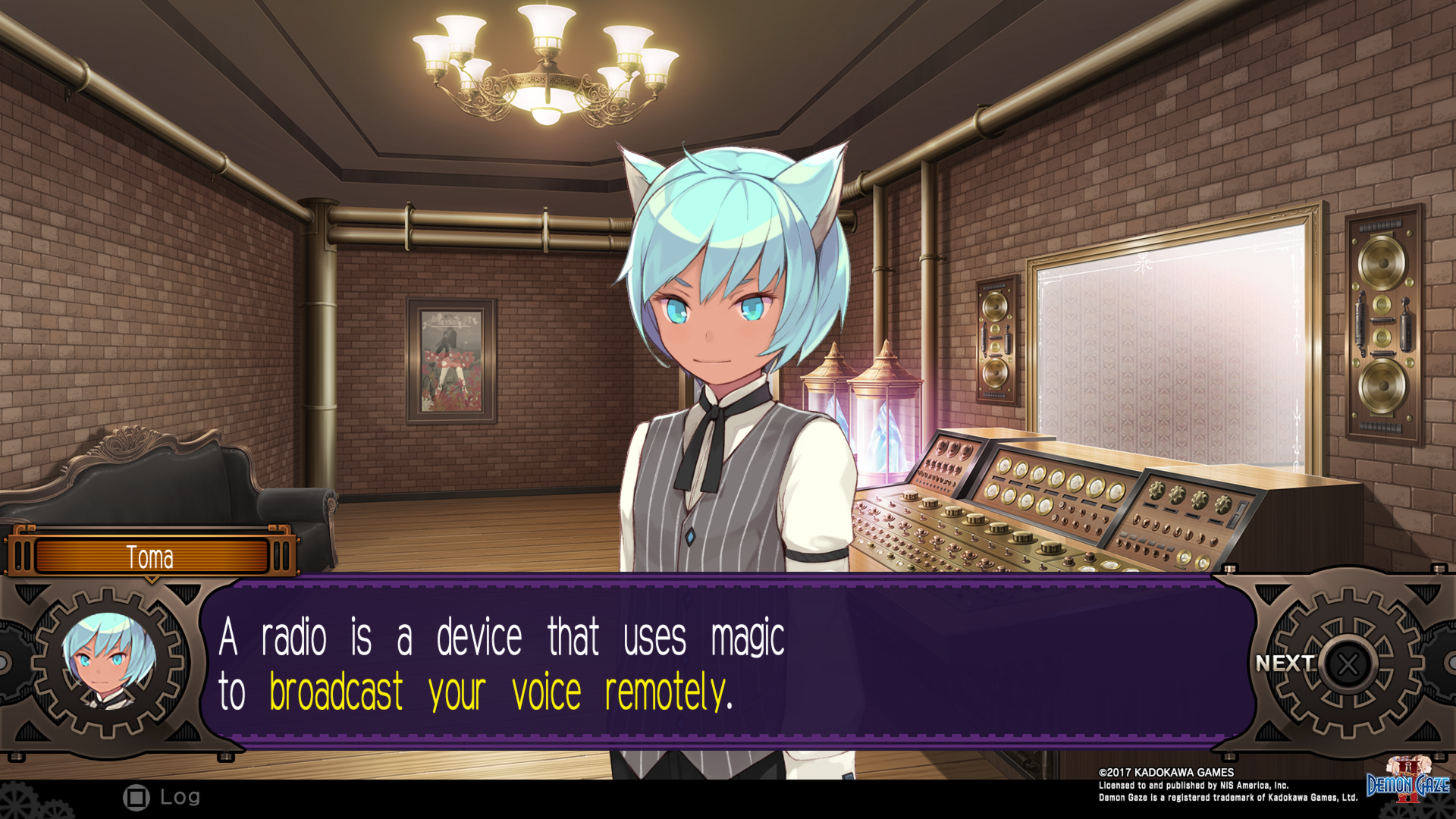
-
Demon Gaze Ii Review 08
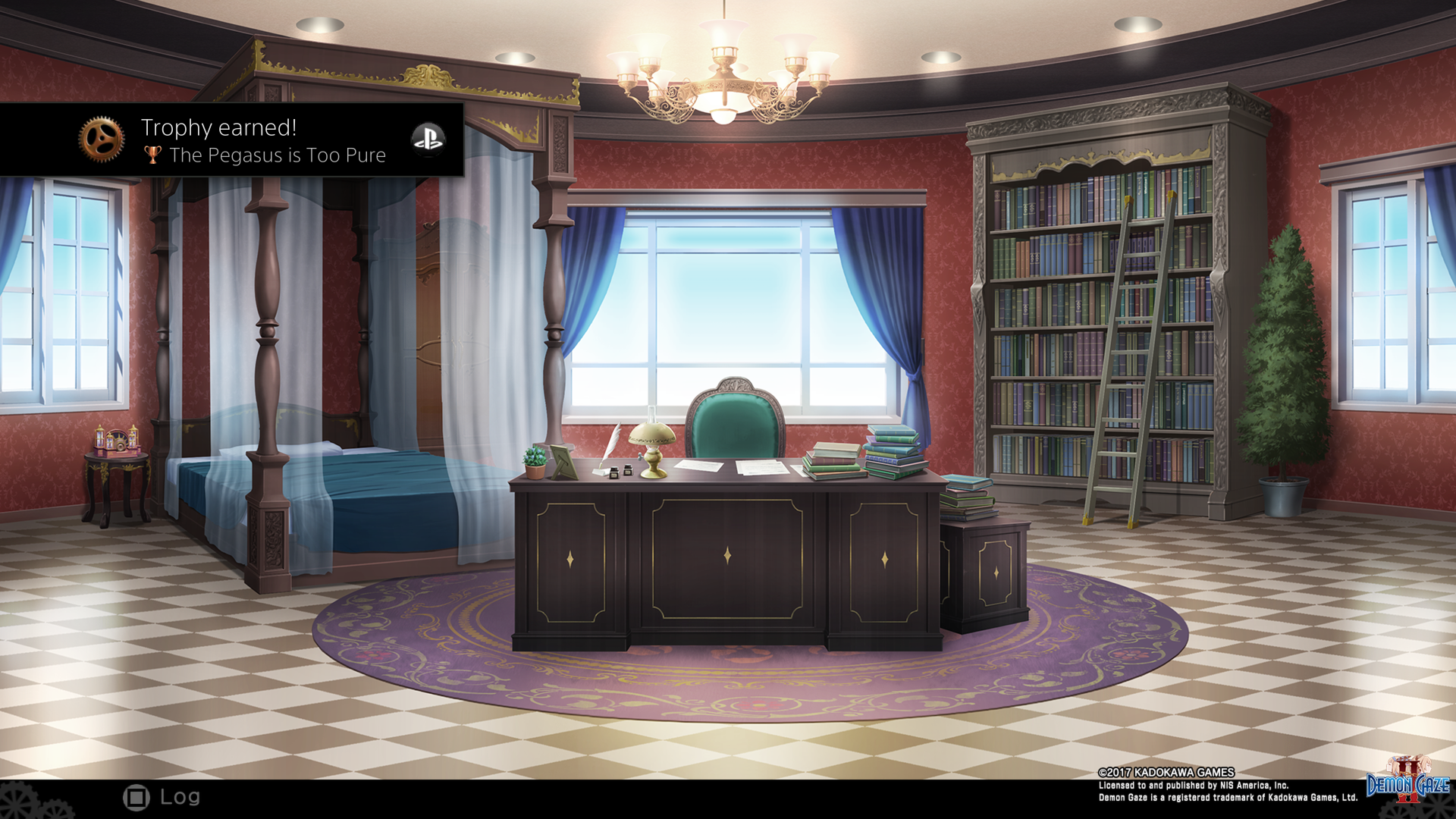
-
Demon Gaze Ii Review 09
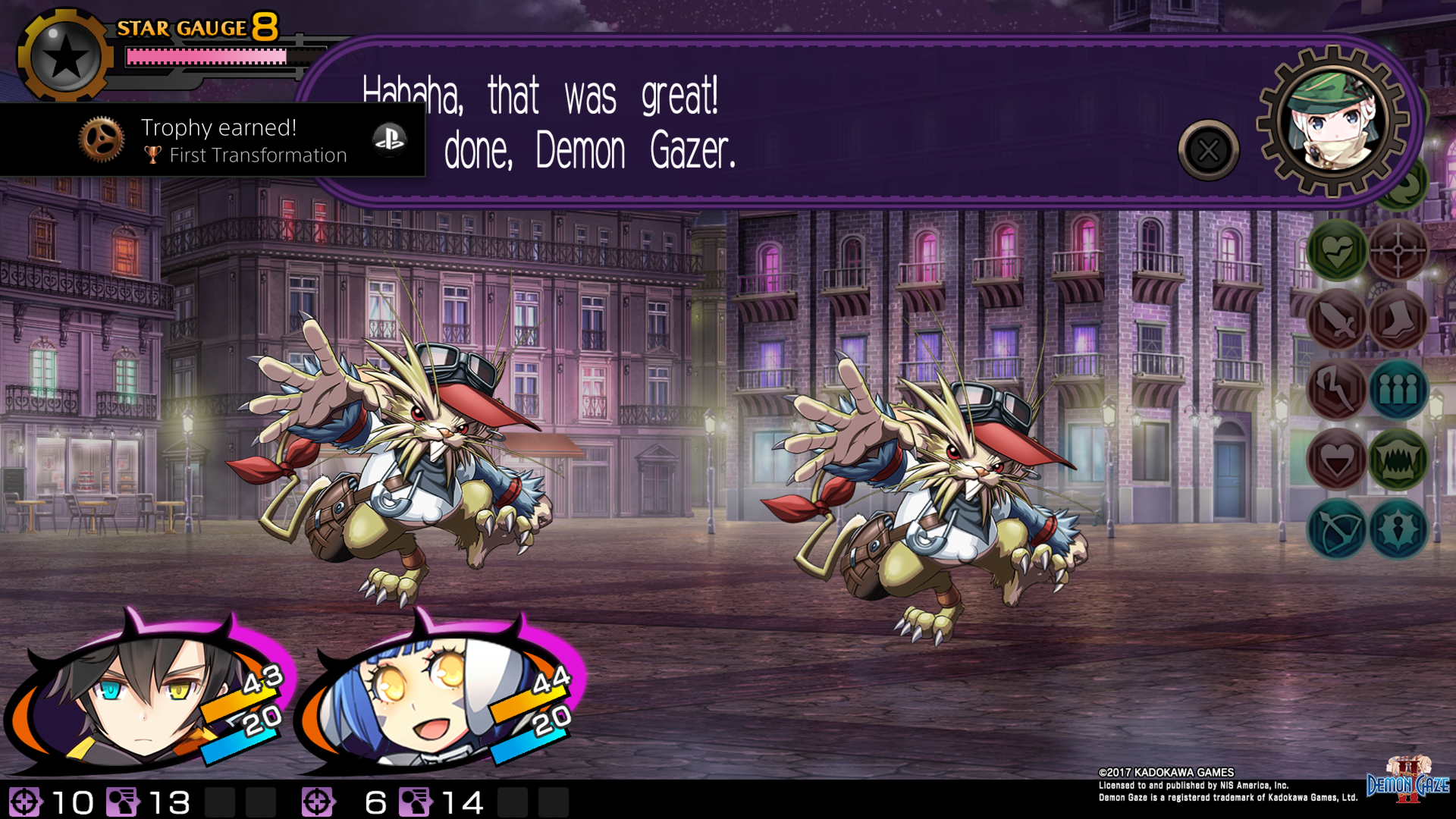
-
Demon Gaze Ii Review 10
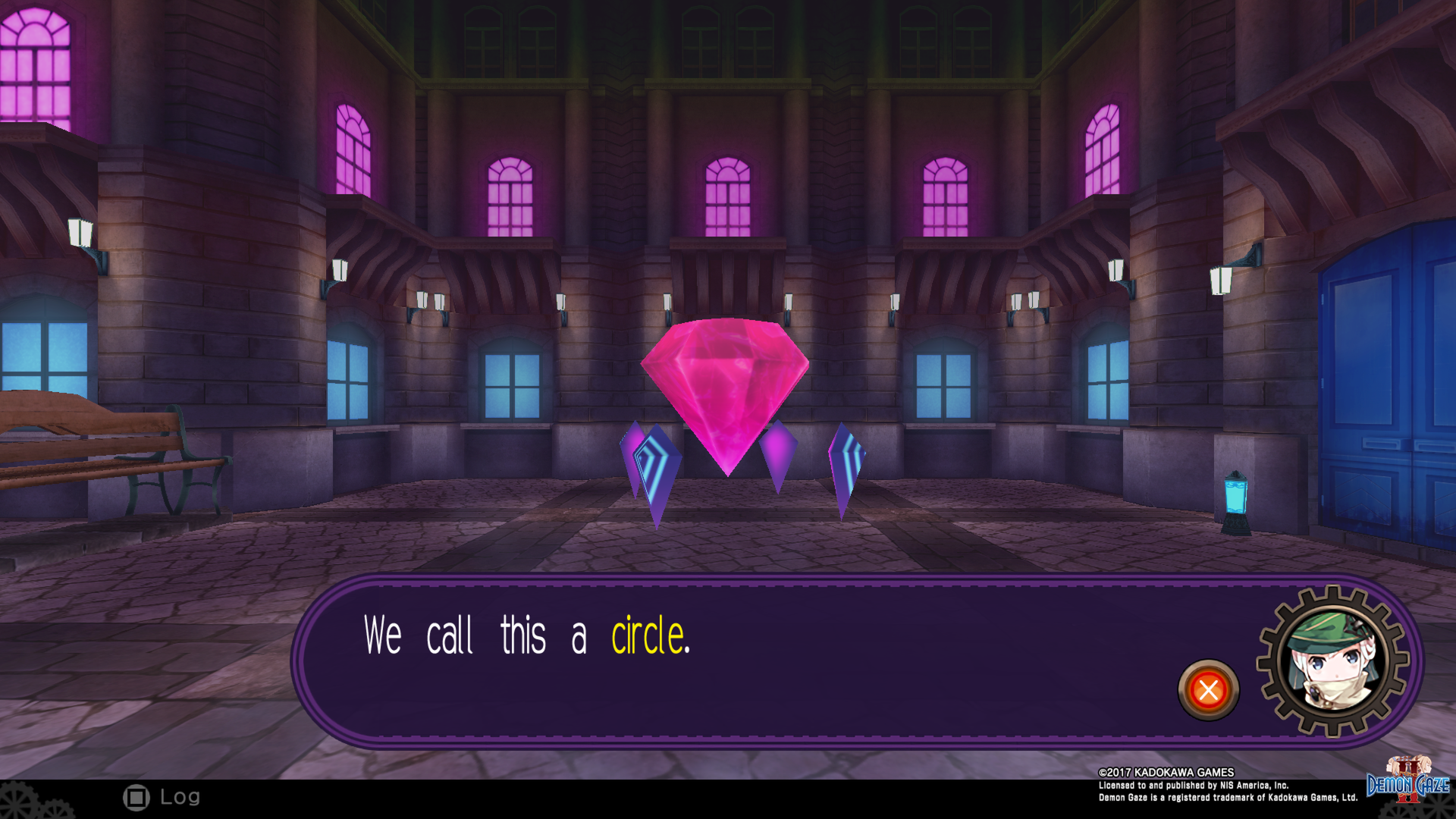
-
Demon Gaze Ii Review 12
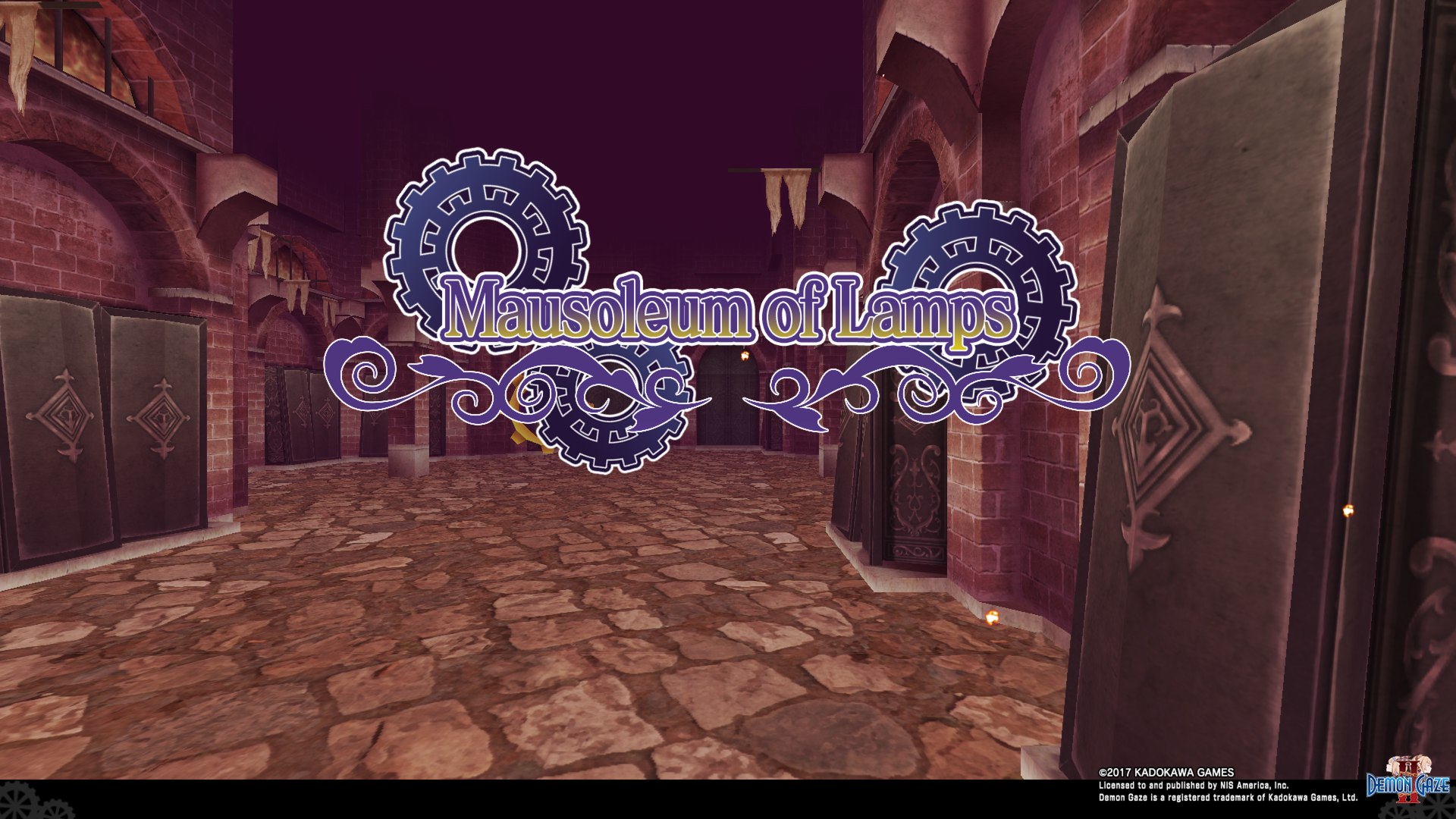
-
Demon Gaze Ii Review 13
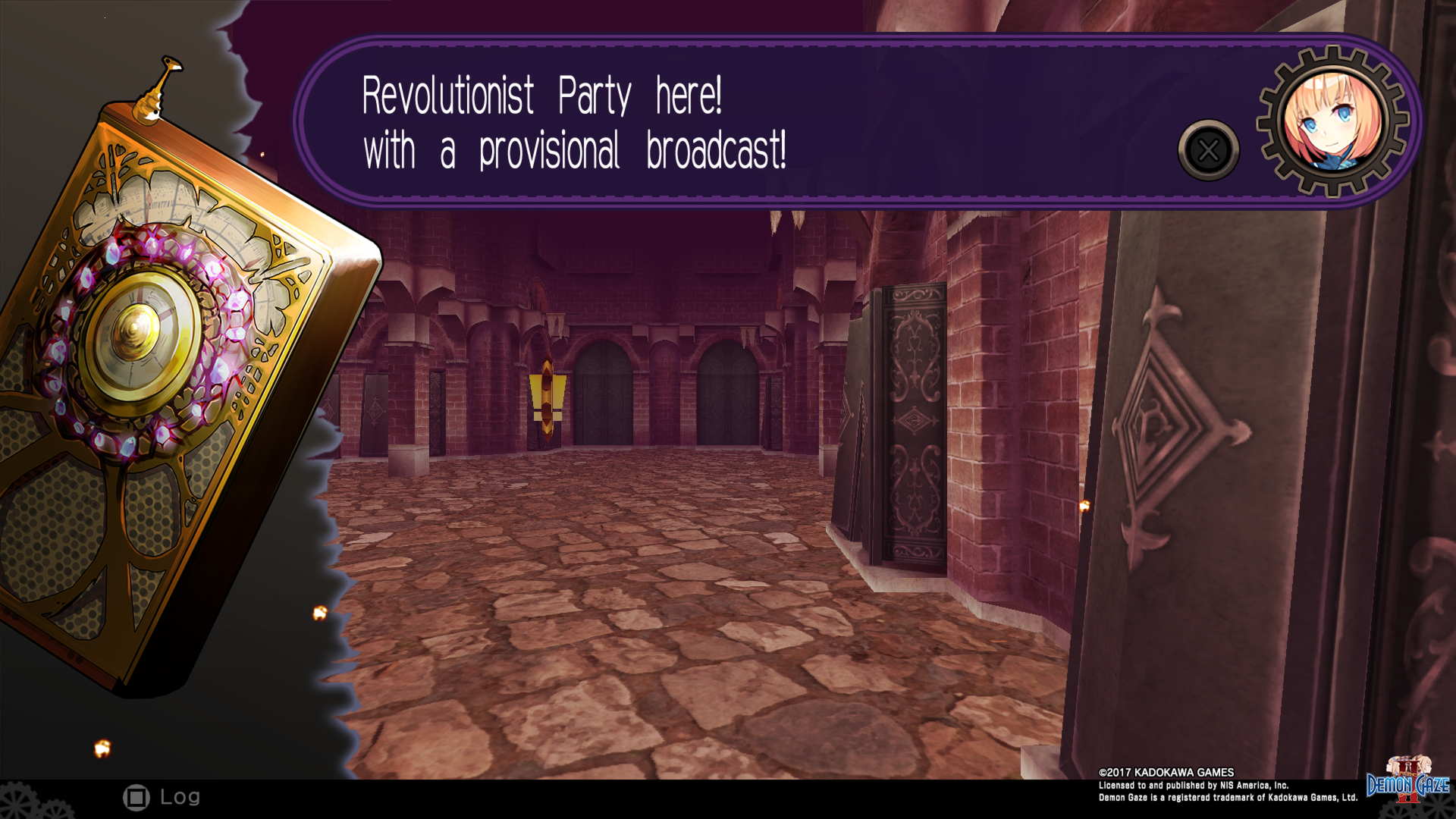
-
Demon Gaze Ii Review 14
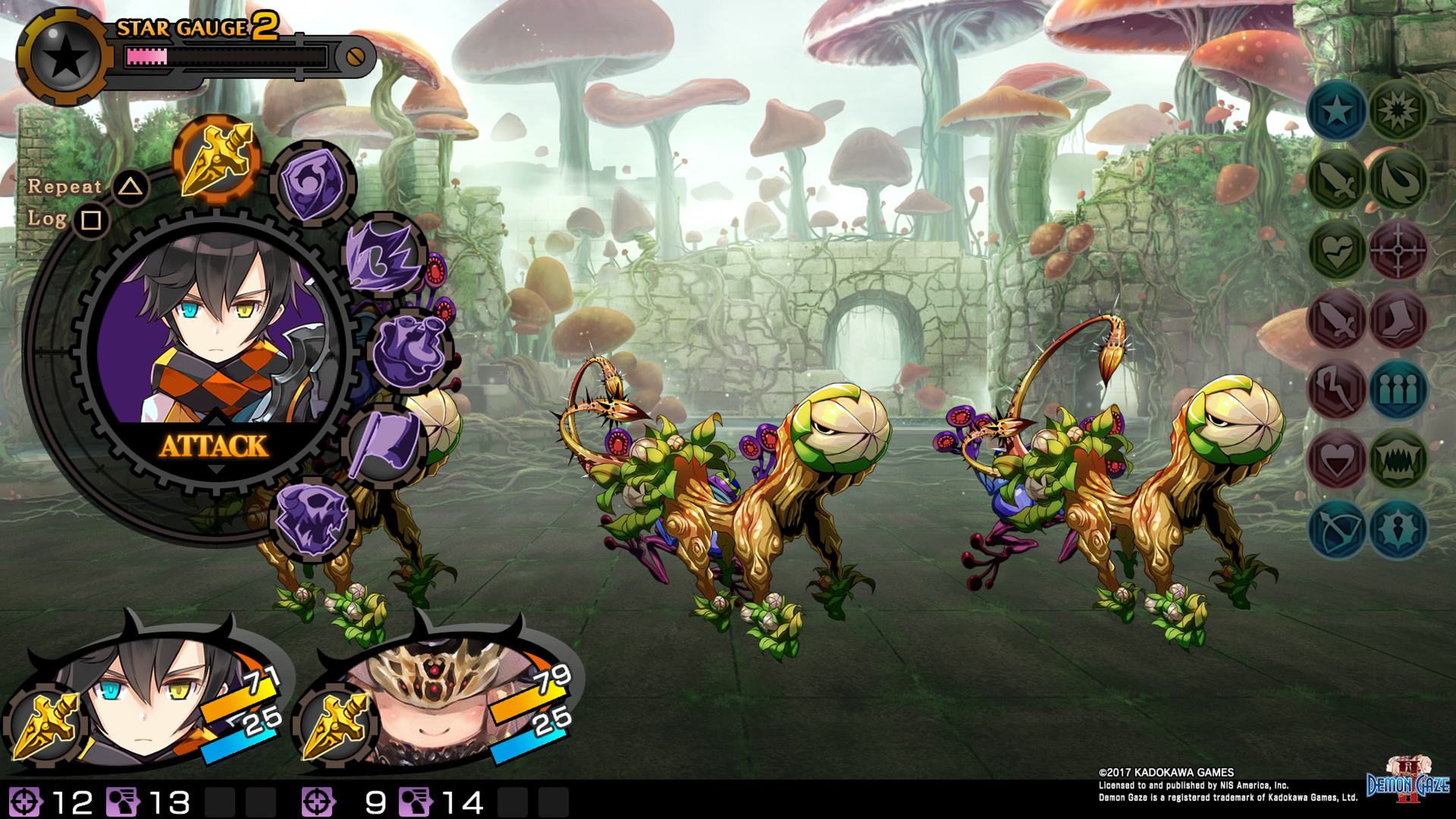
-
Demon Gaze Ii Review 15
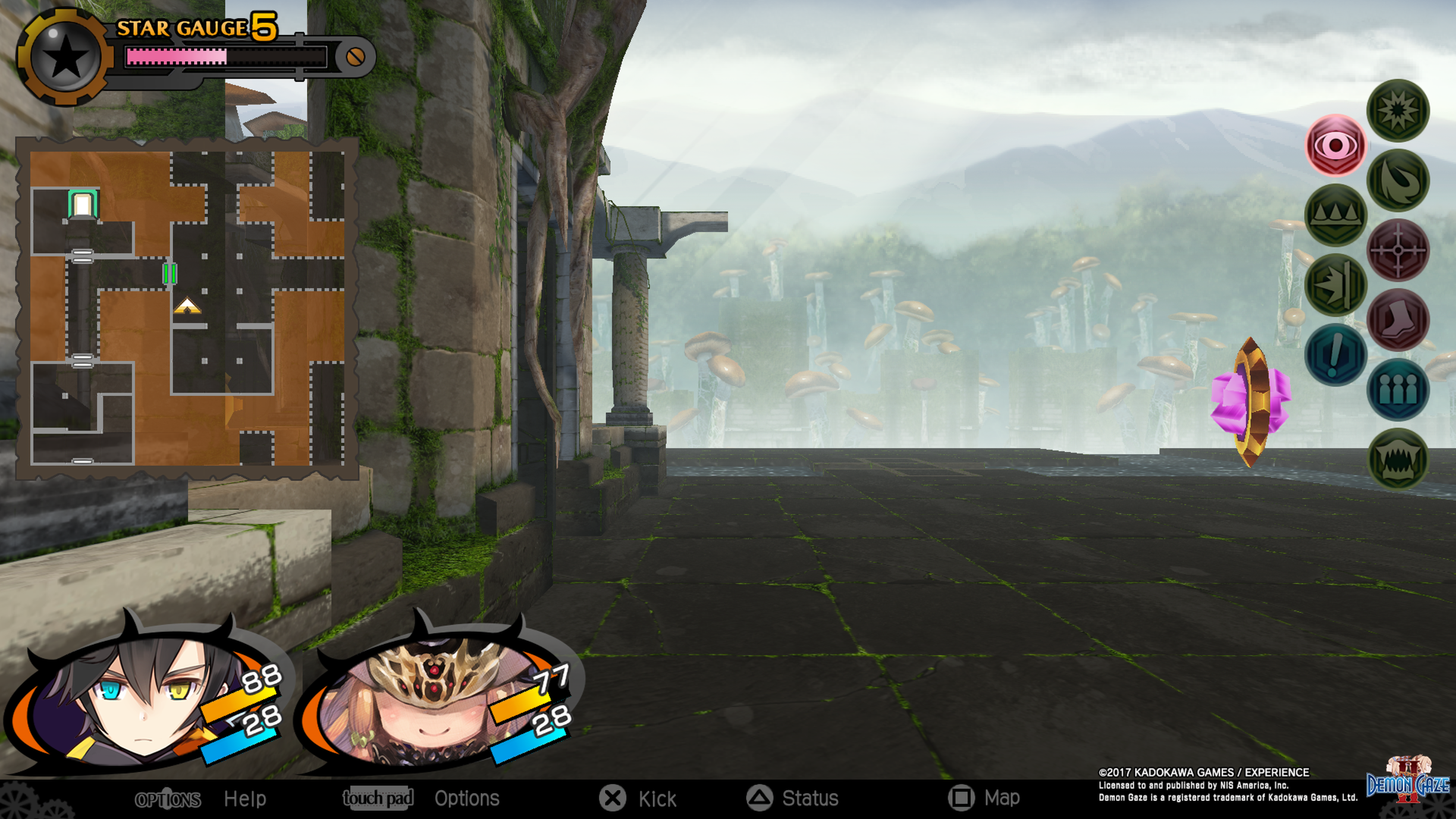
-
Demon Gaze Ii Review 16
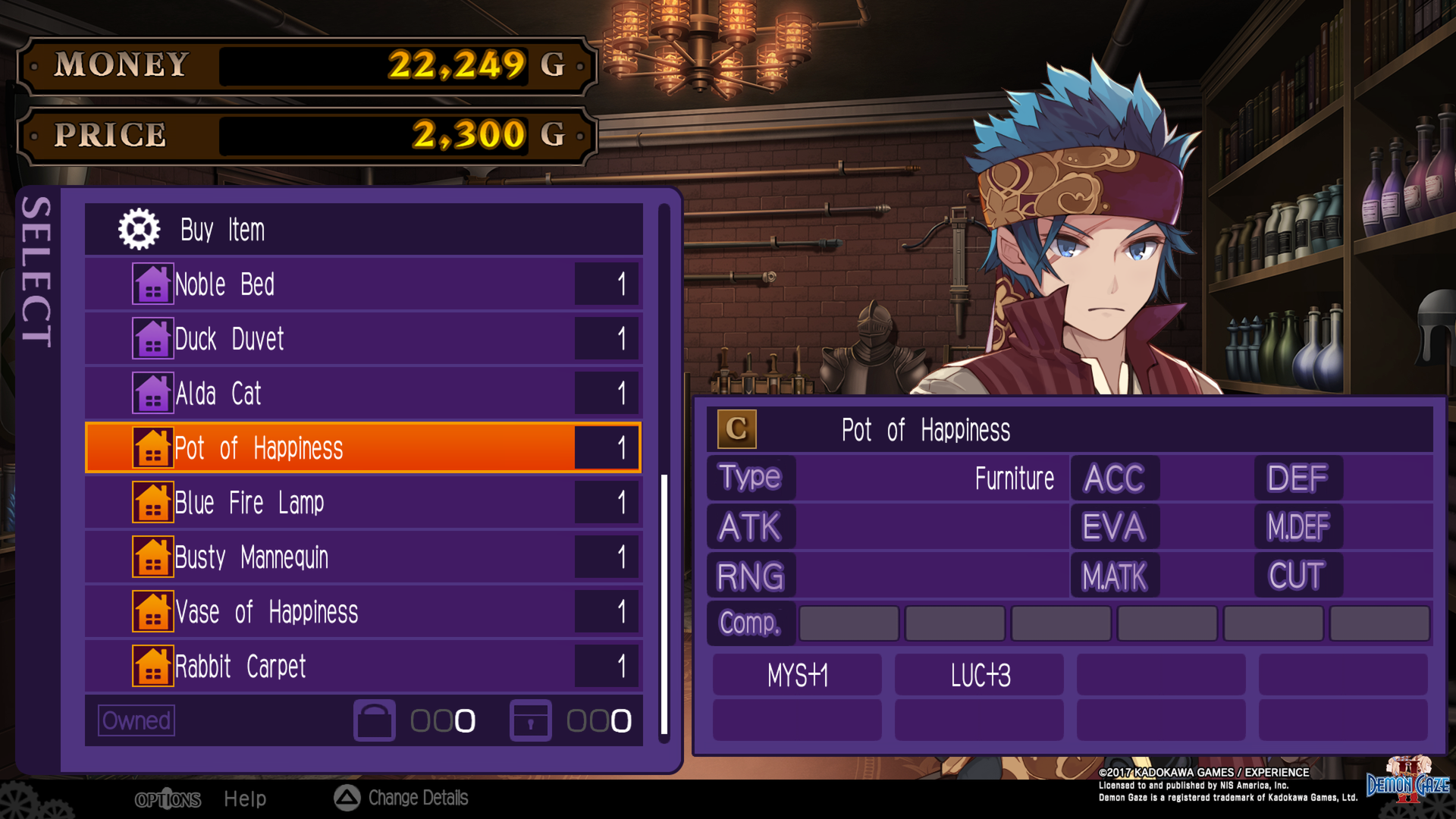
-
Demon Gaze Ii Review 17
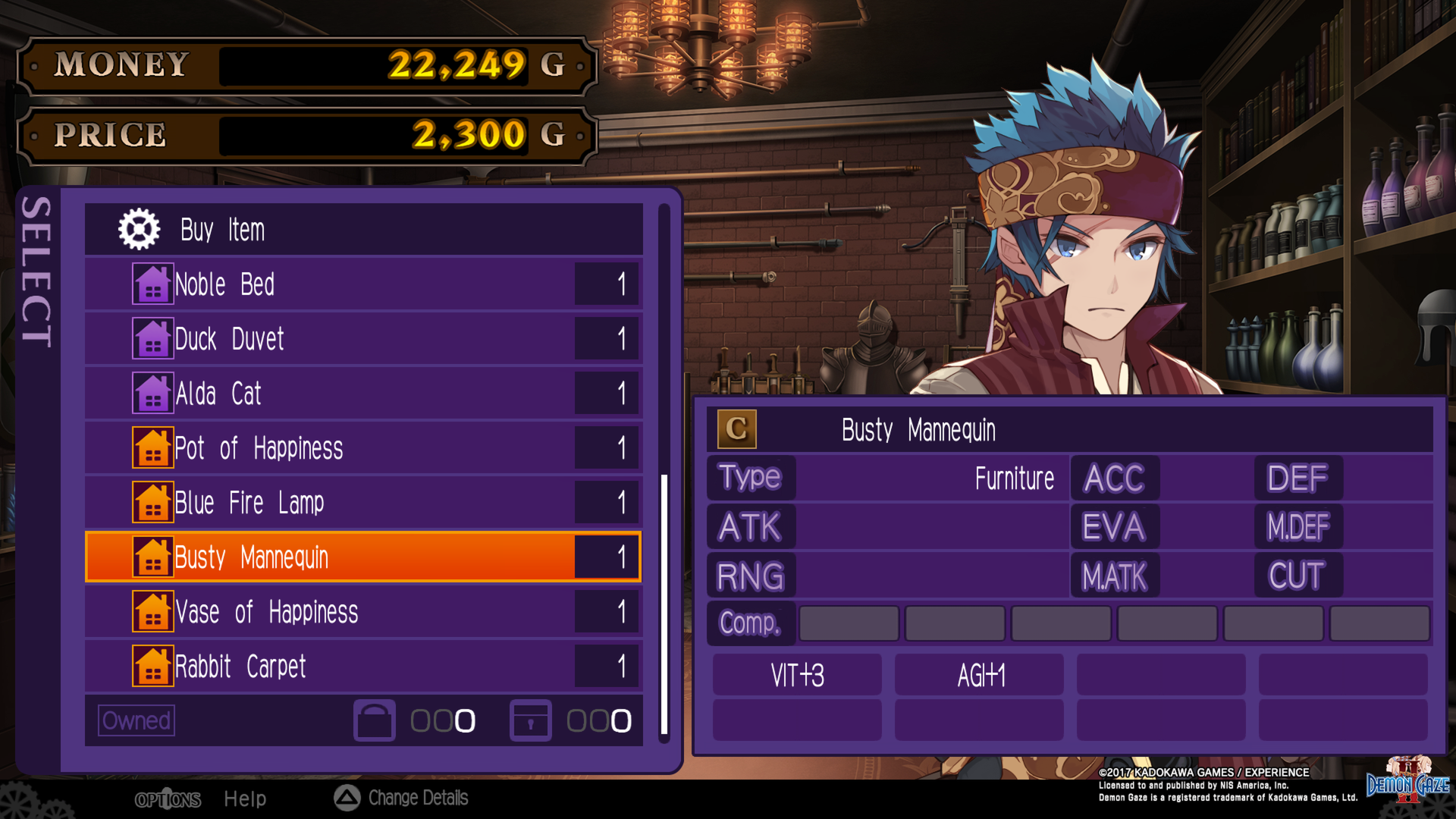
-
Demon Gaze Ii Review 18
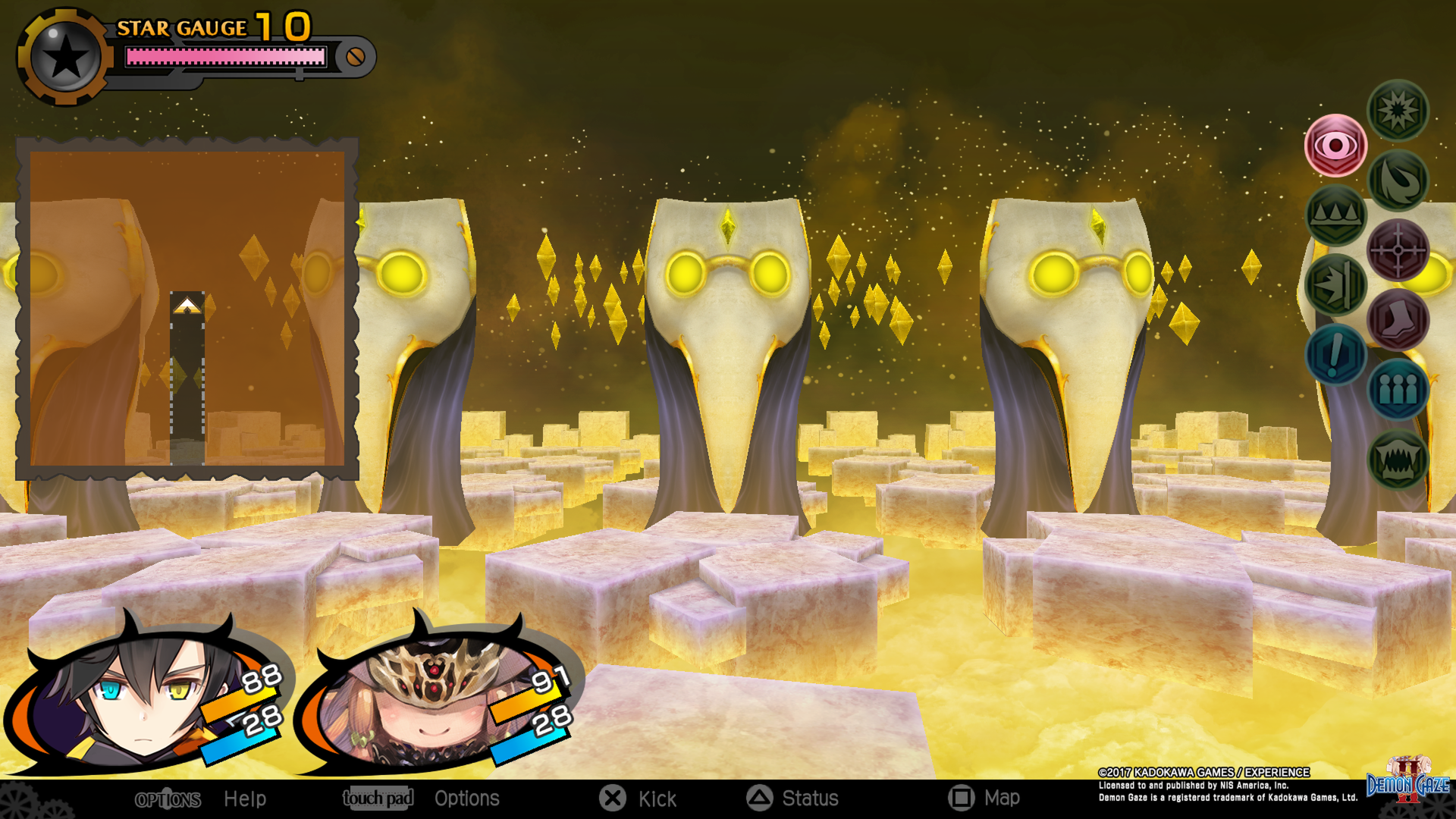
-
Demon Gaze Ii Review 19
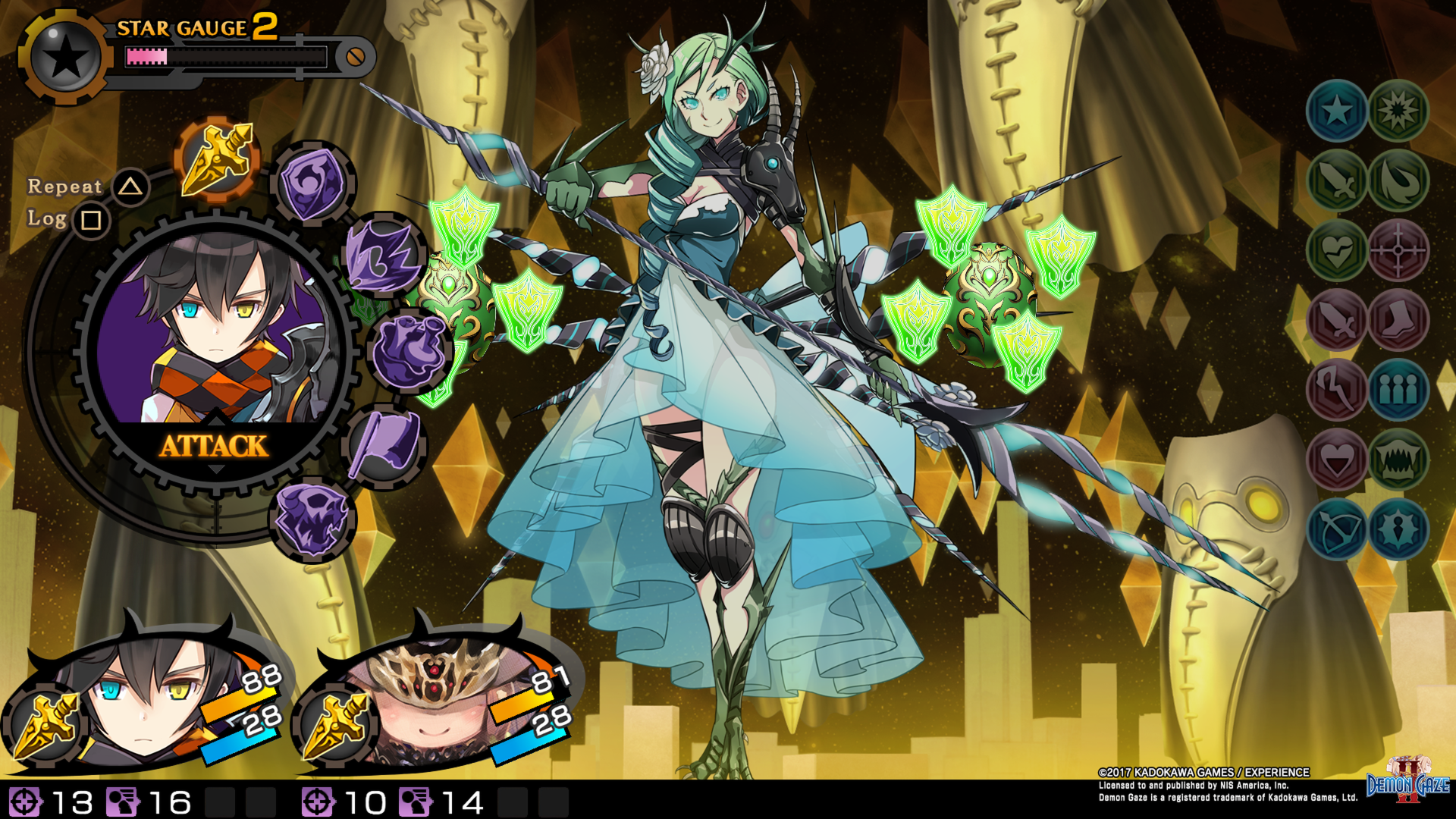
-
Demon Gaze Ii Review 20
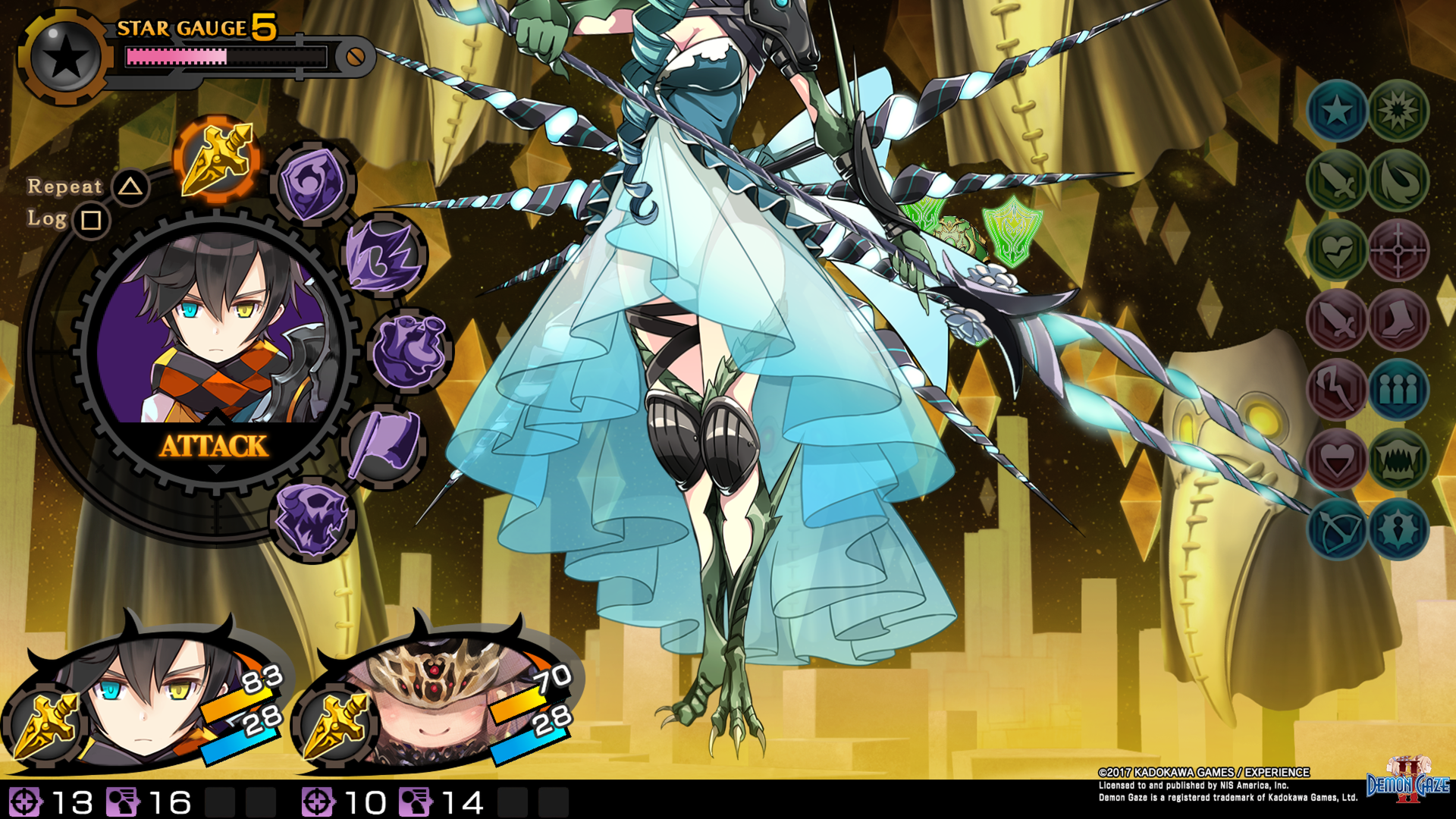
-
Demon Gaze Ii Review 22
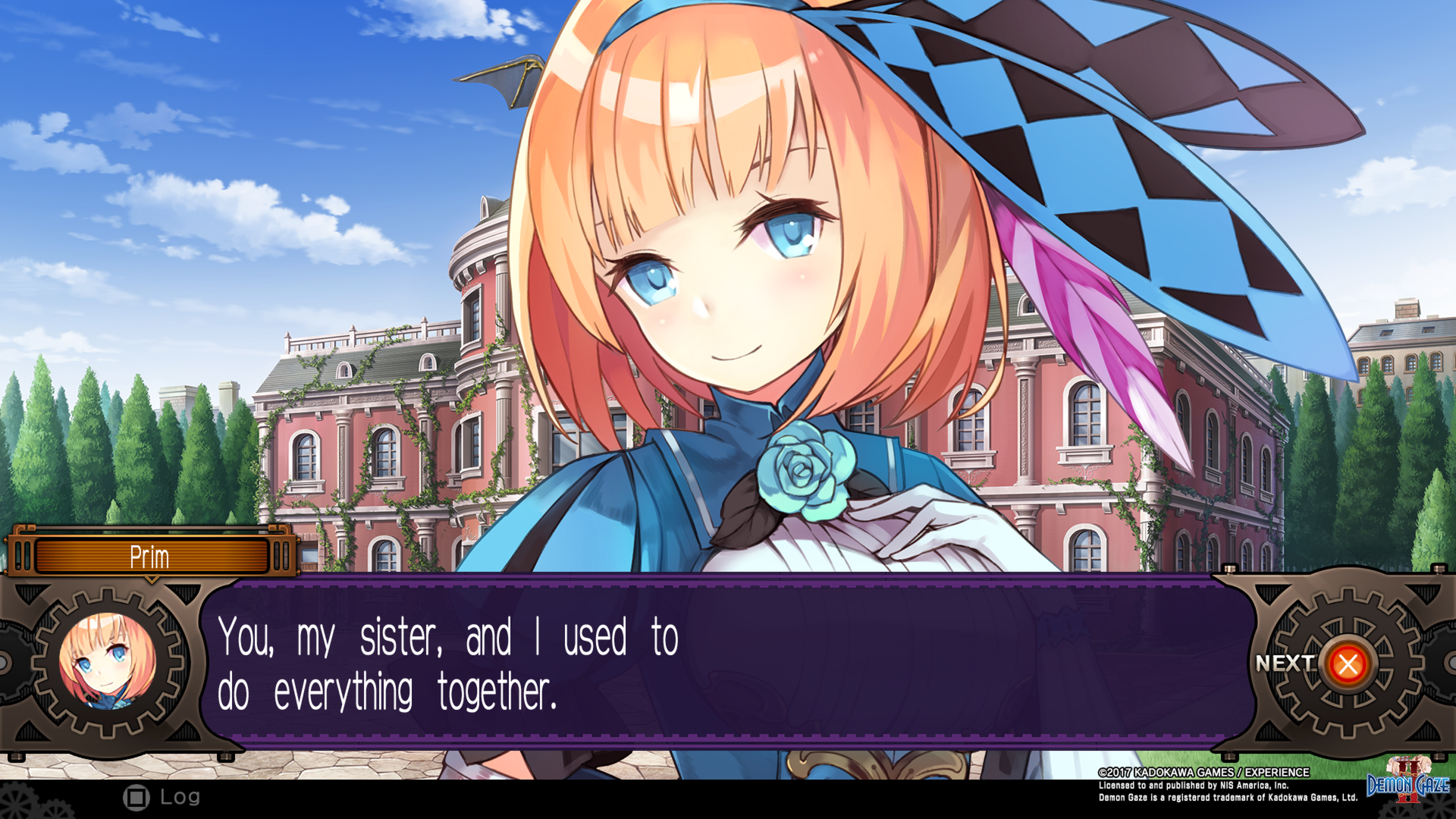
-
Demon Gaze Ii Review 23
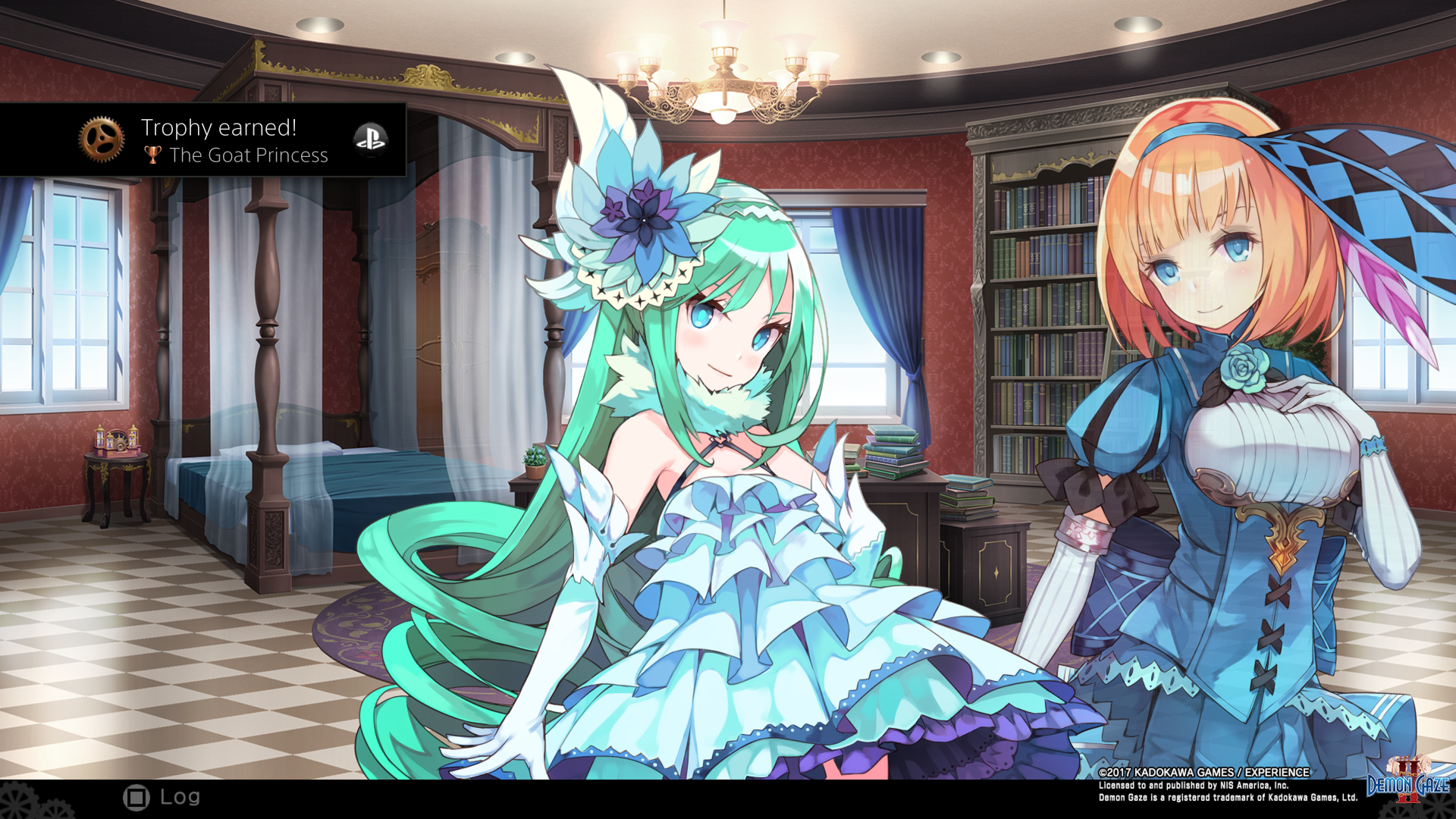
-
Demon Gaze Ii Review 24
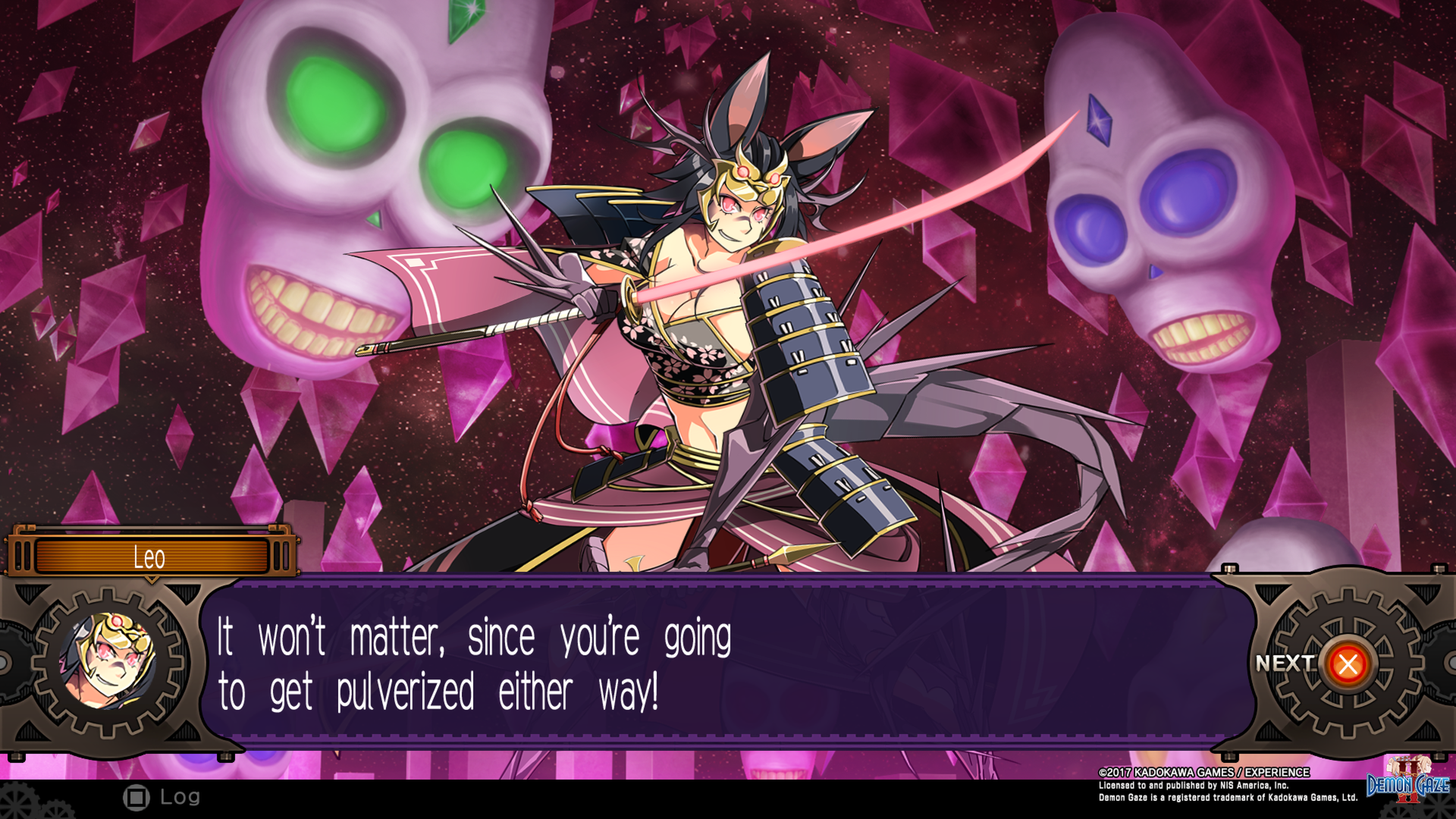
-
Demon Gaze Ii Review 26
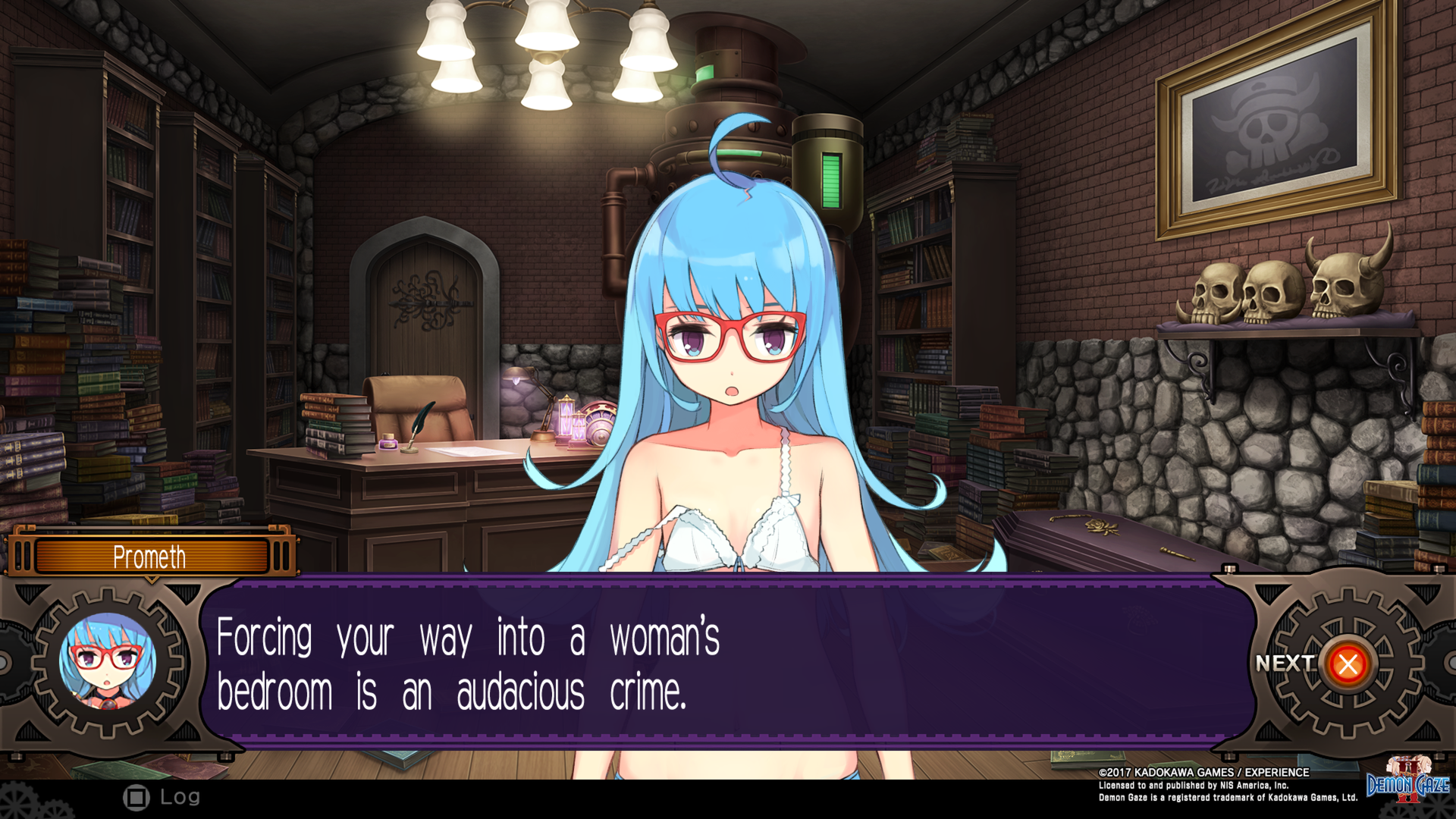
-
Demon Gaze Ii Review 27
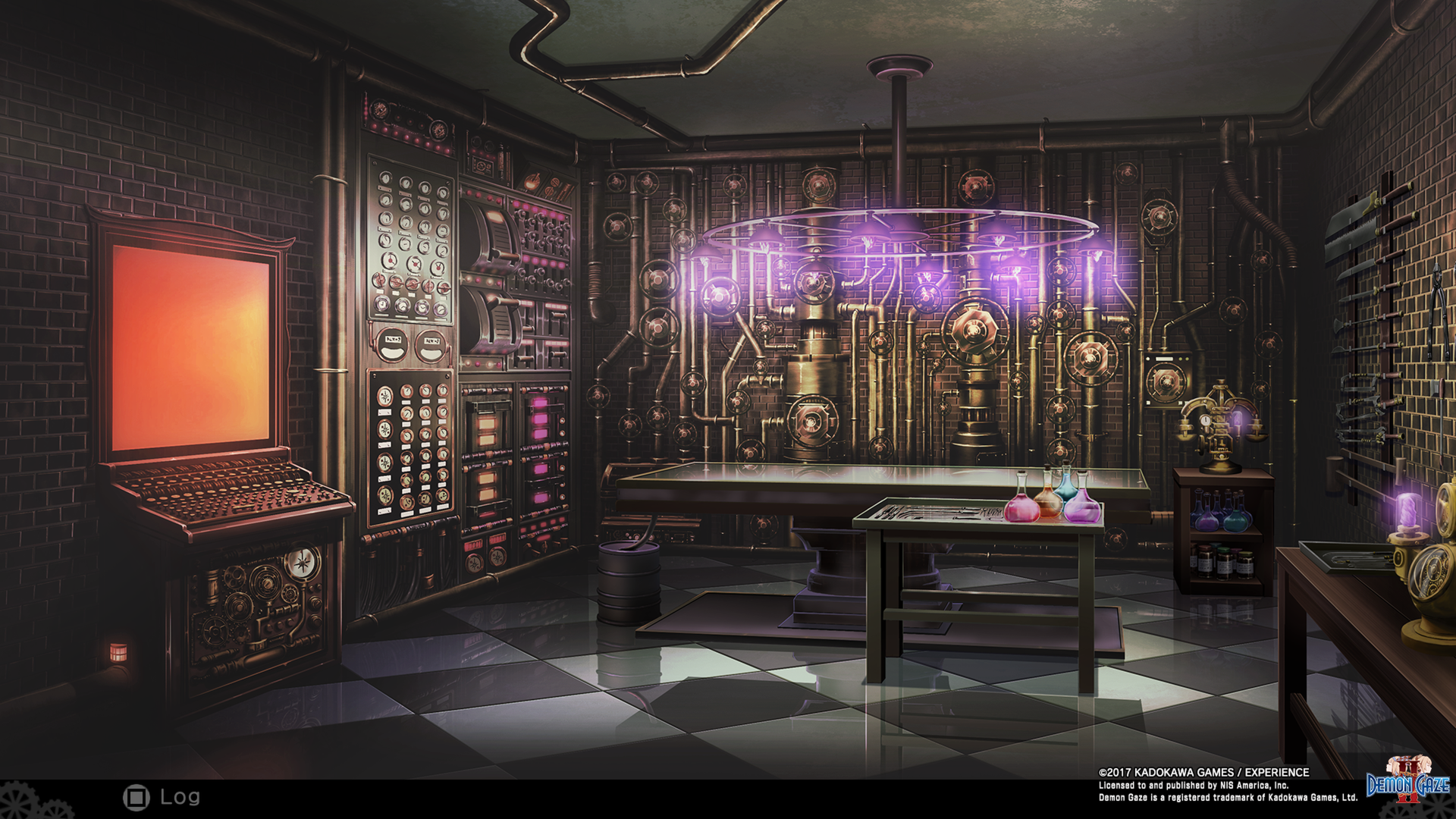
-
Demon Gaze Ii Review 28
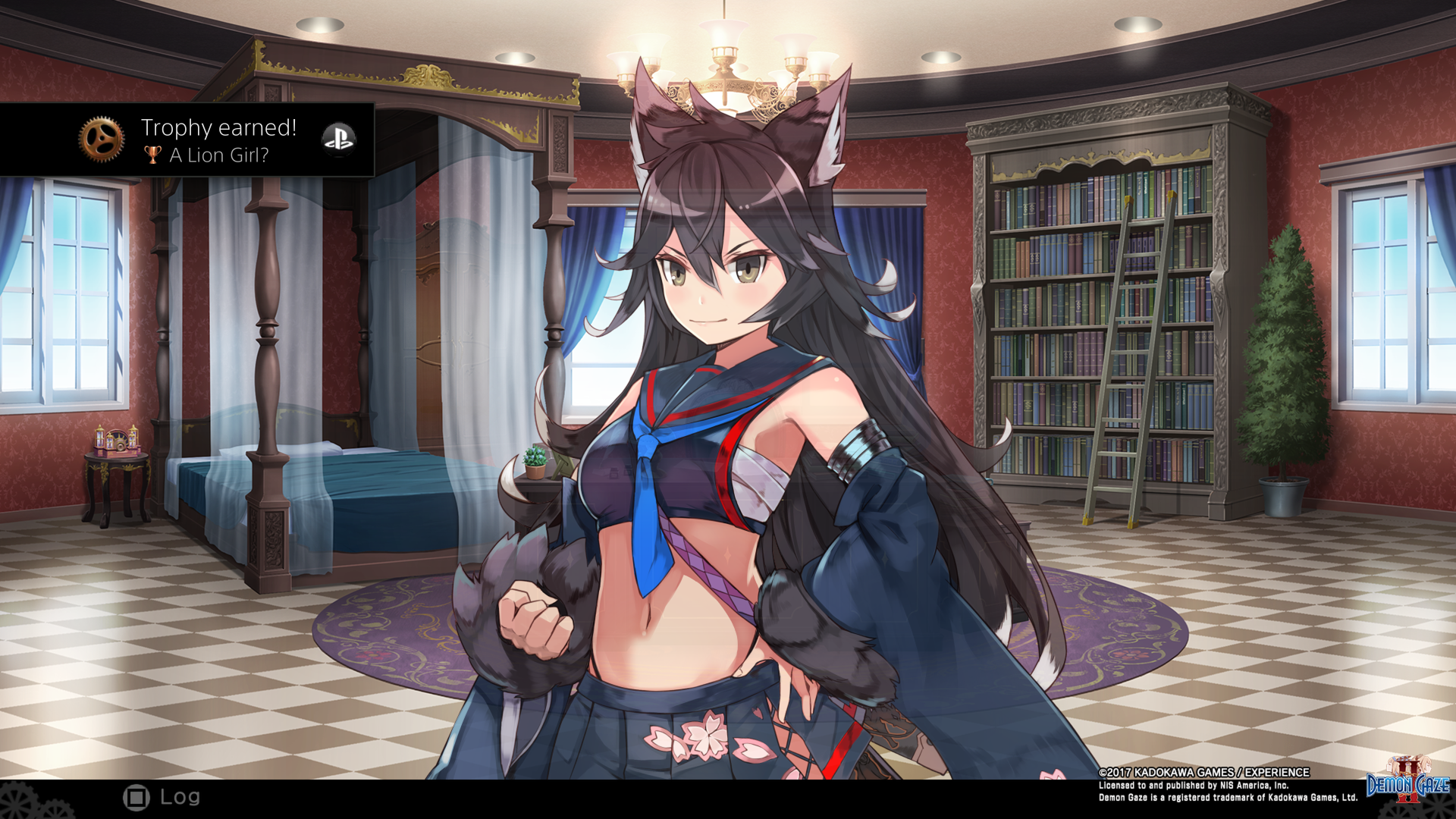
-
Demon Gaze Ii Review 30
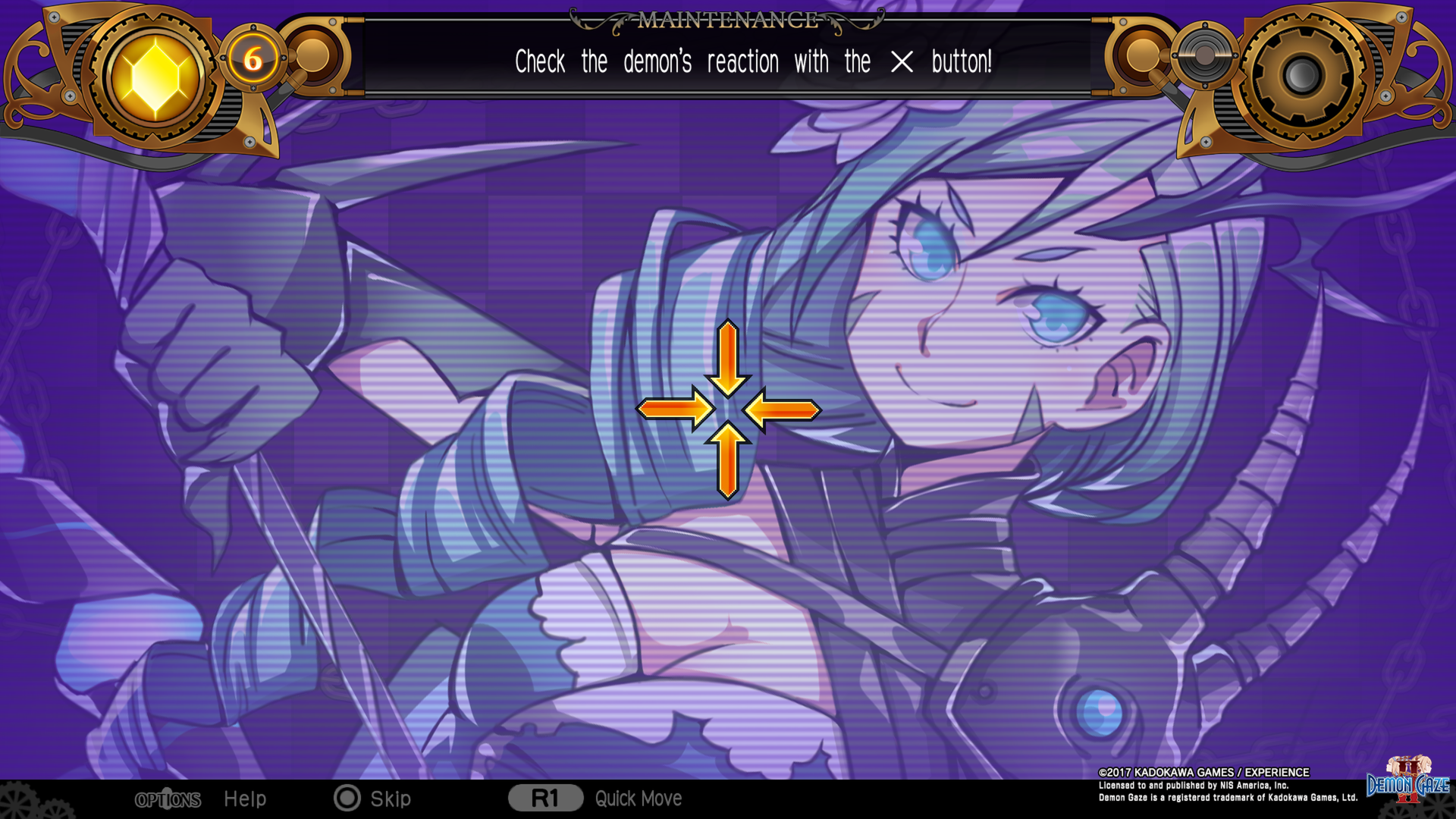
-
Demon Gaze Ii Review 33
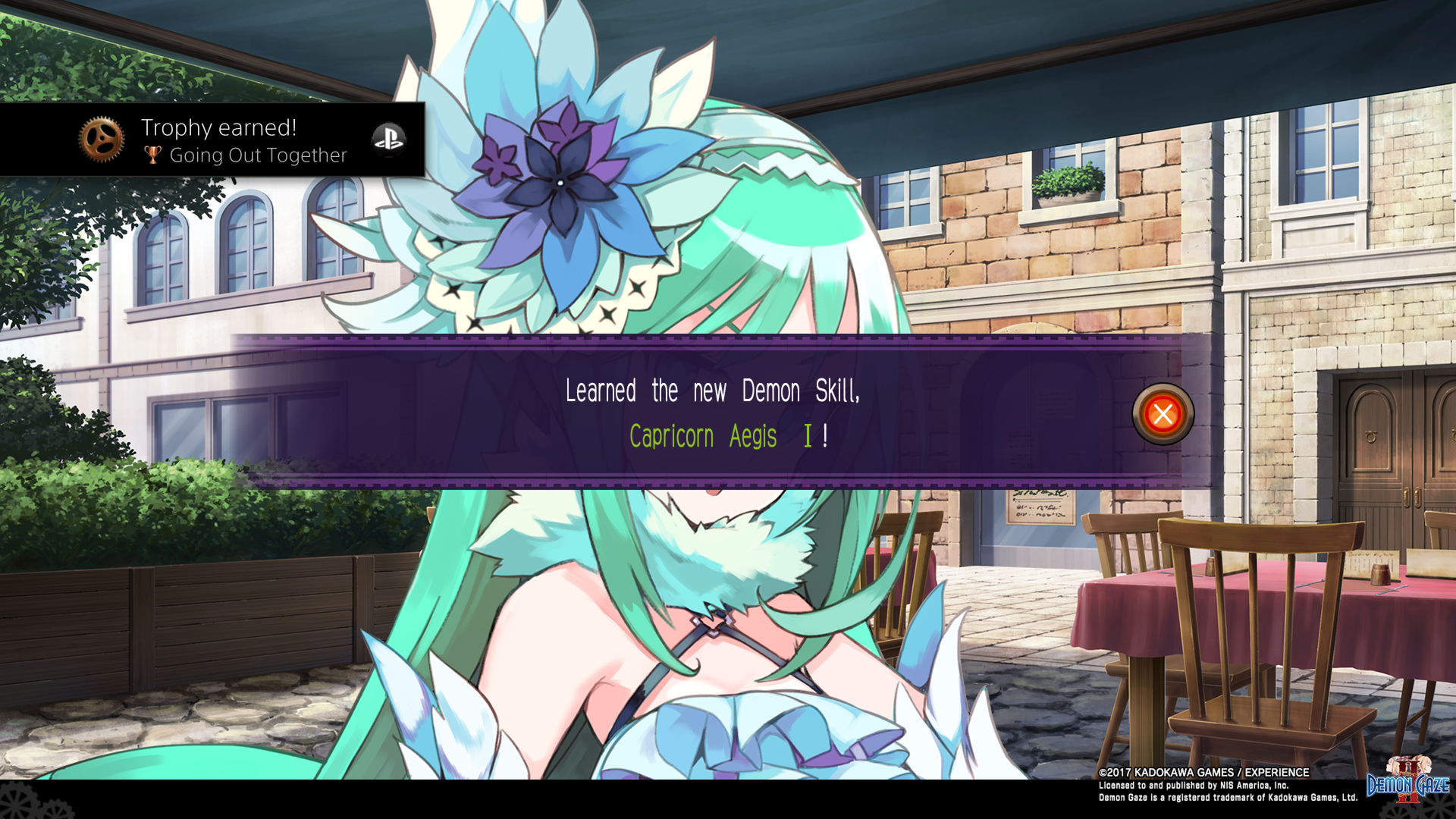
-
Demon Gaze Ii Review 34
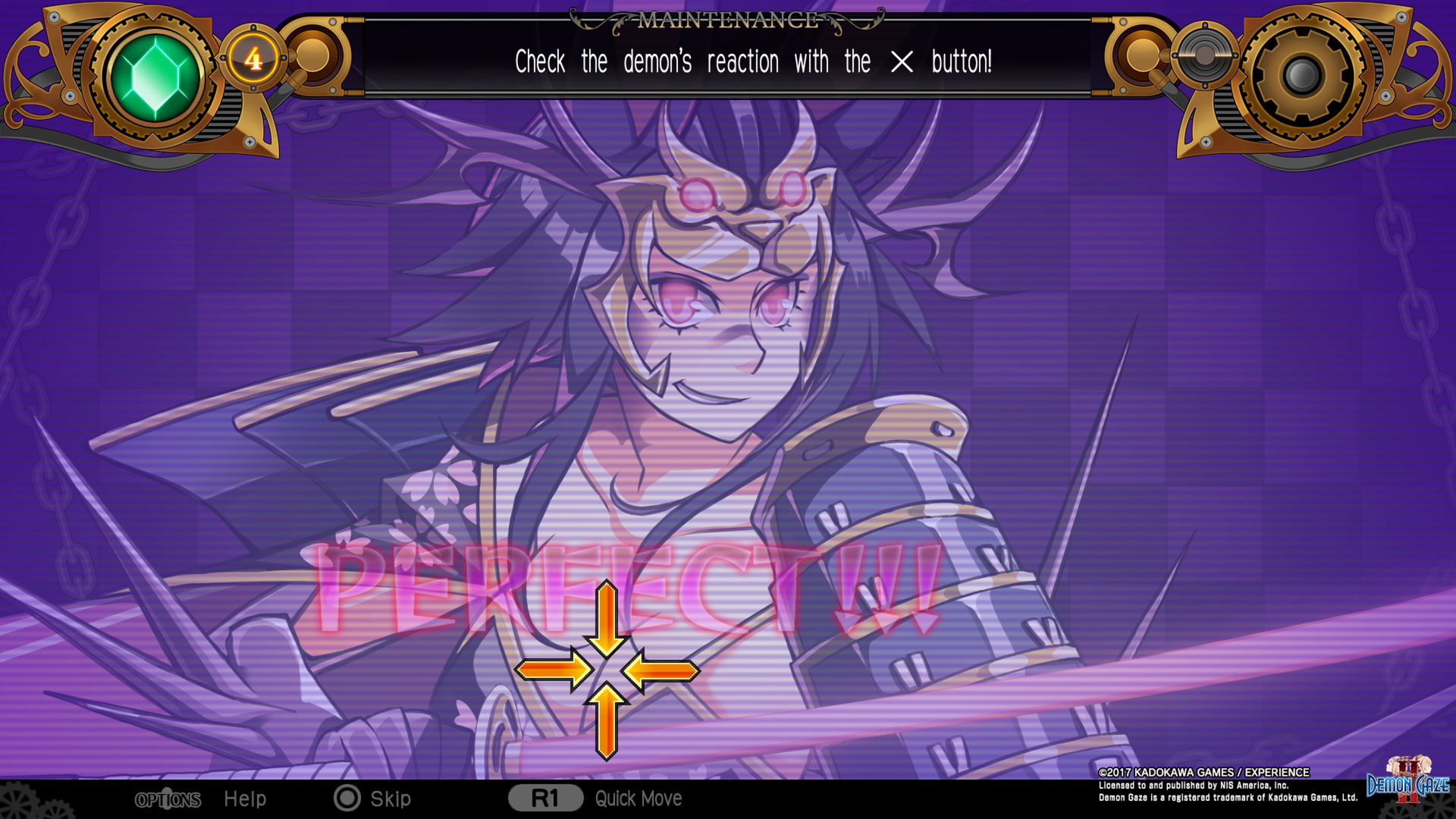
-
Demon Gaze Ii Review 35
